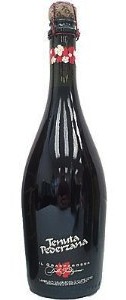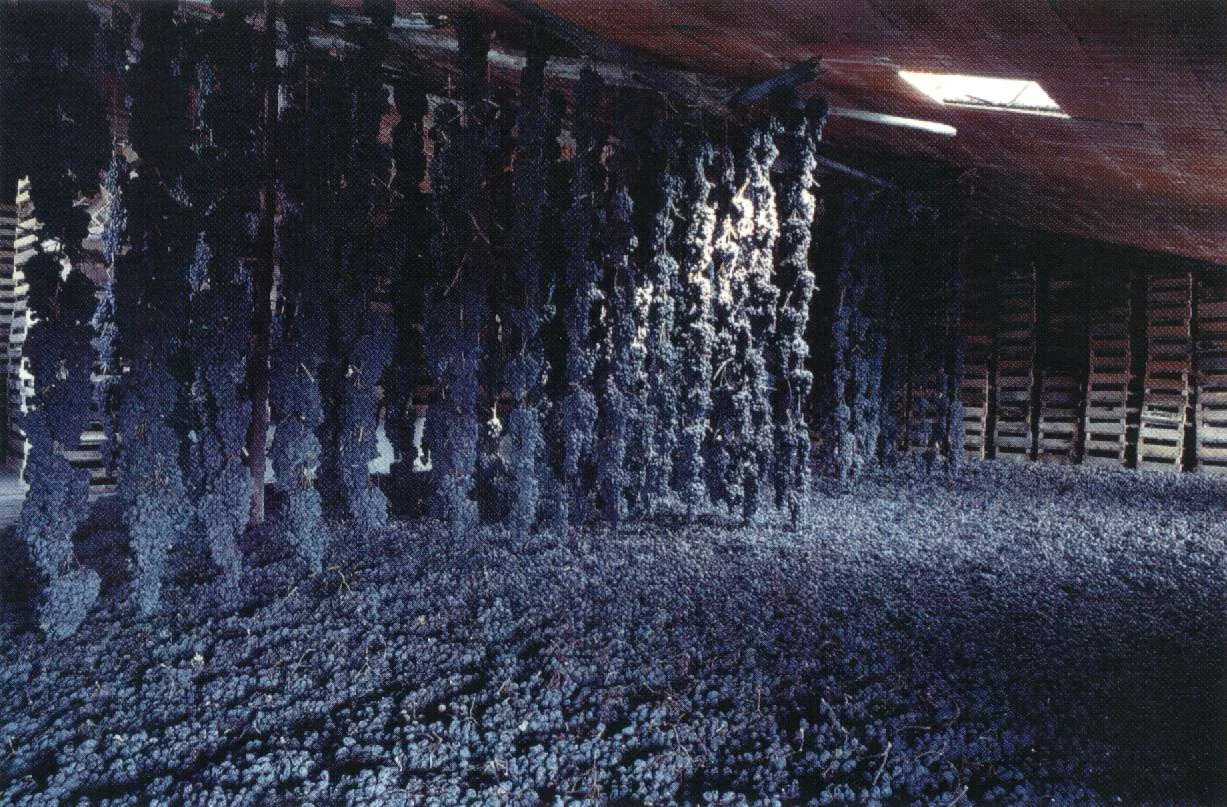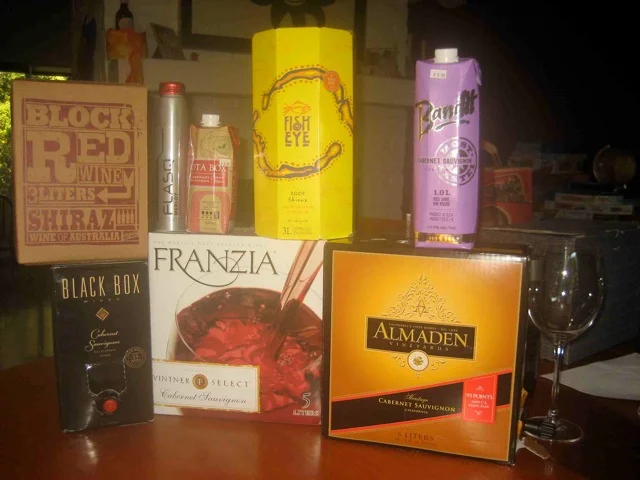Bordeaux 101
/This time around we had a rare opportunity to evaluate and enjoy five consecutive vintages from Bordeaux producer Chateau Lanessan ( 1996, 1997, 1998, 1999, 2002 ). This podcast is all about Claret, an English term for a dry red Bordeaux wine
There are over 8,000 wine producing Chateau in Bordeaux and the winemakers in this area make many styles of wines but the most recognized are their dry red wines. There are too many wine styles and types in the Bordeaux region to cover in one show so we elected to focus on the wines of the Left Bank. Left Bank is wine trade jargon for an area in Bordeaux where all of the wine estates of the famous 1855 classification are located. We'll cover other areas of Bordeaux in upcoming shows.
Our goal is to give the listener an overview of the wine region which can serve as a springboard for those that want to learn more about Bordeaux wine, expand their palate and discover some remarkable wines.
One of the first jobs I had was at a small Bistro in Orlando Florida. I was seventeen and of course I was much more interested in beer at the time. The sandwich shop adjoined a well stocked gourmet food shop, with imported beers, artisan cheeses and deli meats. The food and wine vendors would show up between two and five to sell their products and it was during one of these exhibitions that I was introduced to my first taste of wine. Not just wine but a French wine from Bordeaux. The wine was a 1975 Chateau Chantegrive. I can't say it was love at first taste, quite the opposite, but the hook had been set. Soon after I started working exclusively in the wine shop and it was during these early years that I acquired my taste for Bordeaux.
People hear about the ridiculous prices being paid for a single bottle of upper tier Bordeaux wine and assume that all Bordeaux wines are too expensive and out of their budget. Bill and I are going to crush that myth with this pod cast. The price of admission for Bordeaux is not that expensive if you learn how to shop well. We'll offer some tips on how to find some good quality Bordeaux and still have some duckets left when you leave the wine shop.
Chateau Lanessan is a favorite of old school Bordeaux lovers and is well known for its older vintages and their capacity to age well. We devoted more time to uncovering some of the history and background of Bordeaux and less time on the wines this time but don't think we weren't geeked on these wines. We learned that Chateau Lanessan offers Grand Cru Classe taste at Cru Bourgeois prices. Translation; one of the best wine values in Haut-Medoc. As of this writing these wines are still available at www.klwines.com. They won't last long.
On this show we discuss the wine regions, vintage variation, decanting, proper serving temperature, how to read a Bordeaux wine label and more. You know the drill, break out some of your favorite cheeses, crack open a bottle and join us as we explore Bordeaux wine.
The Cast






















